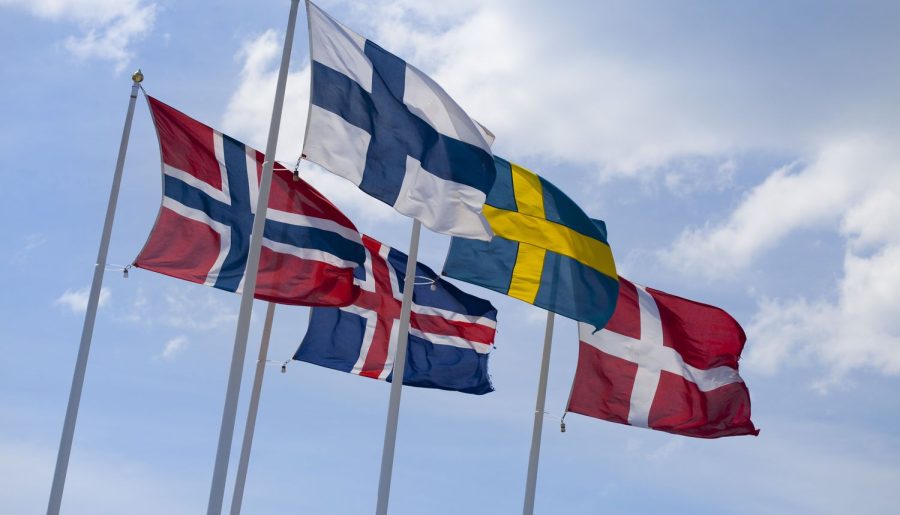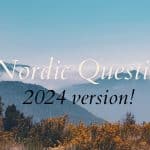Hej Everyone, It’s Carly.
In November 2023, I made a post about 3 unique or interesting Nordic languages, and I found some more interesting Nordic languages that I wanted to share.
Jämtmål (Jämtlandic Swedish)

Now, there is a pretty big debate about whether Jämtlandic Swedish is a Dialect or its own language. However, because it has some differences from the Standard Swedish Language and because the government identifies Jämtlandic as a Minority Native Language, I will cover Jämtlandic Swedish here.
As the name suggests, Jämtmål is a language spoken in the province of Jämtland in Northern Sweden. Historically, Jämtland had Norwegian influence due to the province being formerly Norwegian. During the 1600s and 1700s, Jämtland was invaded and later annexed by Sweden.
The language is more like Norwegian (with a Northern Norwegian accent) than Swedish. The alphabet uses the standard Swedish alphabet but with two extra letters, Æ and Ǒ.
Jämtlandic is harder than most other Scandinavian languages because it has three gender cases (Swedish has two, and Norwegian is mostly Gender-Neutral) and interesting grammar like the Voiceless L.
Here is a song from Jämtlandic Sweden
Kildin Sámi (also known as Eastern Sámi or Kolan Sámi)
As we know before, The Sámi don’t just live in Scandinavia. They also live in the Kola region of Northern Russia. My assumption is that this area shares a border with the Sámi area of Finland, so Sámi could live here, as well as other Finnic Ethnic groups (I will make a post on Finnic ethnic groups since there are many of them and can be confusing. I noticed I make too many Finland related posts.)
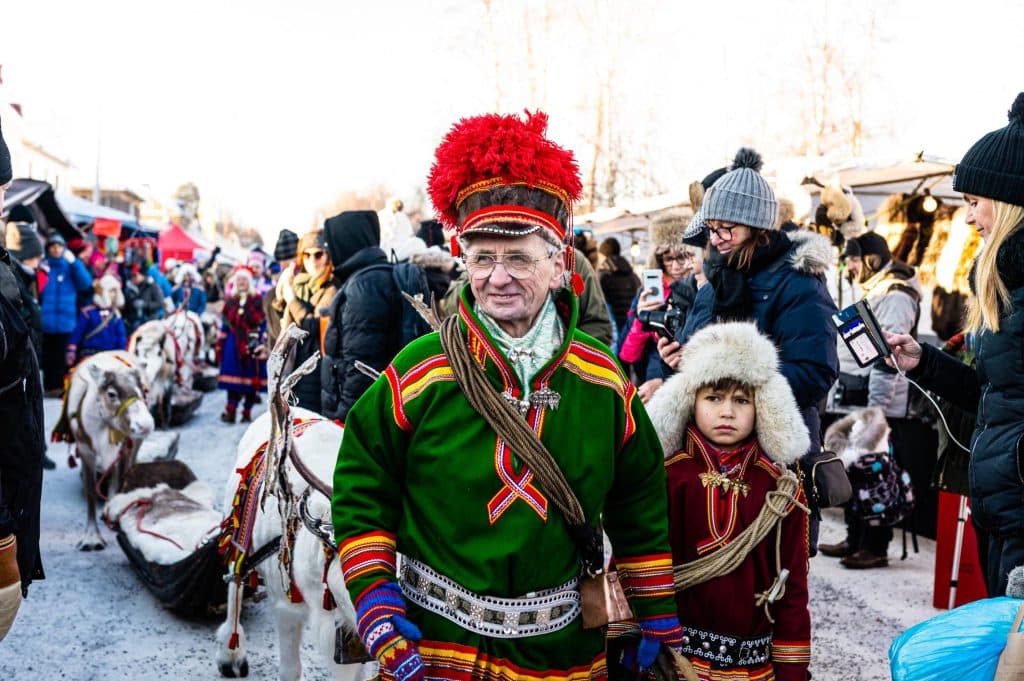
I mentioned the Kola region because that is where this Sámi language is spoken. However, The Russian government classifies Sámi languages as dialects of Northern Sámi, which is obviously not true. I will compare Kildin Sámi to other Sami languages.
The Kildin Sámi language uses the Cyrillic alphabet, also used in Russian, Ukrainian, and Belarussian languages.
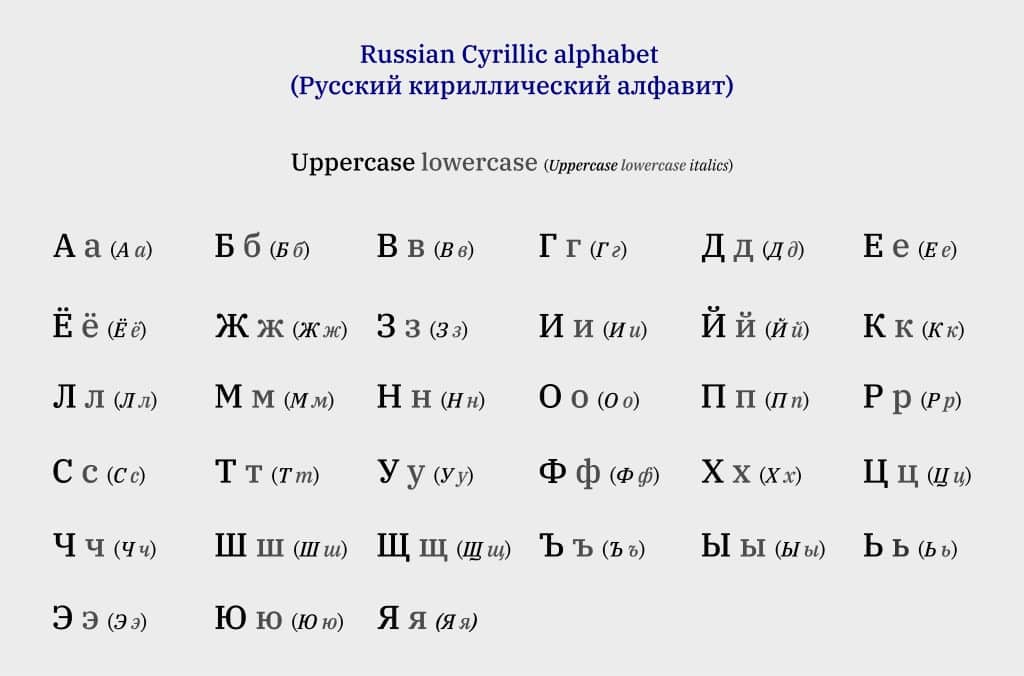
It currently has an estimated 340 native speakers, but due to a lack of government support, they are predicted to die soon. According to the United Nations, the language is severely endangered.
When it comes to grammar, Kildin shares some features with most Sámi languages. For example, in Northern Sámi, there are no pronouns. There is only one gender-neutral pronoun, Son, and one plural pronoun, Daid. Kildin also shares this feature.
I couldn’t find an example of a song in Kildin, which was kind of strange. In part 1, I talked briefly about the Kven language, which has only 1 recorded pop song in its history, which is pretty interesting. But I couldn’t find any songs in Kildin.
Nynorsk Norwegian
Nynorsk is not a language on its own; rather, it is a form of writing. Now, it’s considered a new language, and I think it will be interesting to share its history.
In the early 1800s, Norway broke off the union with Denmark to unite with Sweden. Norwegians spoke (and still speak) Bokmål, which had relations with Denmark. Due to this, Norway made the publishing or ownership of books in Bokmål illegal.
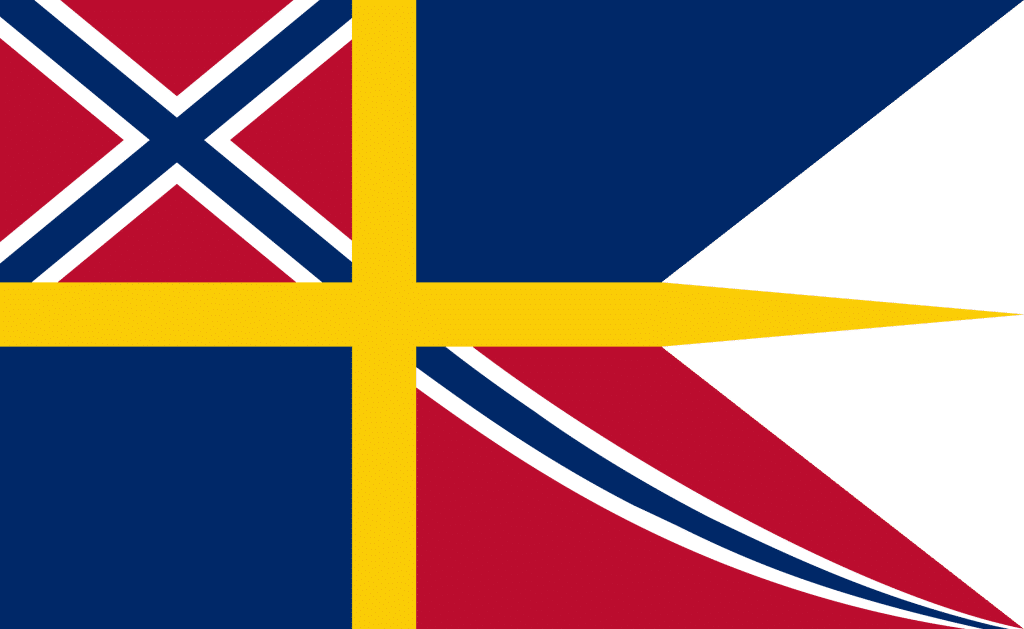
Nynorsk was created as a more “Legal” version of Norwegian but failed. Today, only 10% of Norwegians (mostly in northern Norway) speak or use Nynorsk.
Nynorsk is somewhat harder than Norwegian. Nynorsk uses additional letters in Norwegian. An example includes the word “Ikke” or the word “No” in verb form.
In Nynorsk, “ikke” becomes “Ikkje” (Additional letters are not silent.) Many Norwegians on the internet are still debating whether Bokmål or Nynorsk is more useful.
I hope you enjoy this essay; sorry for my long break.
